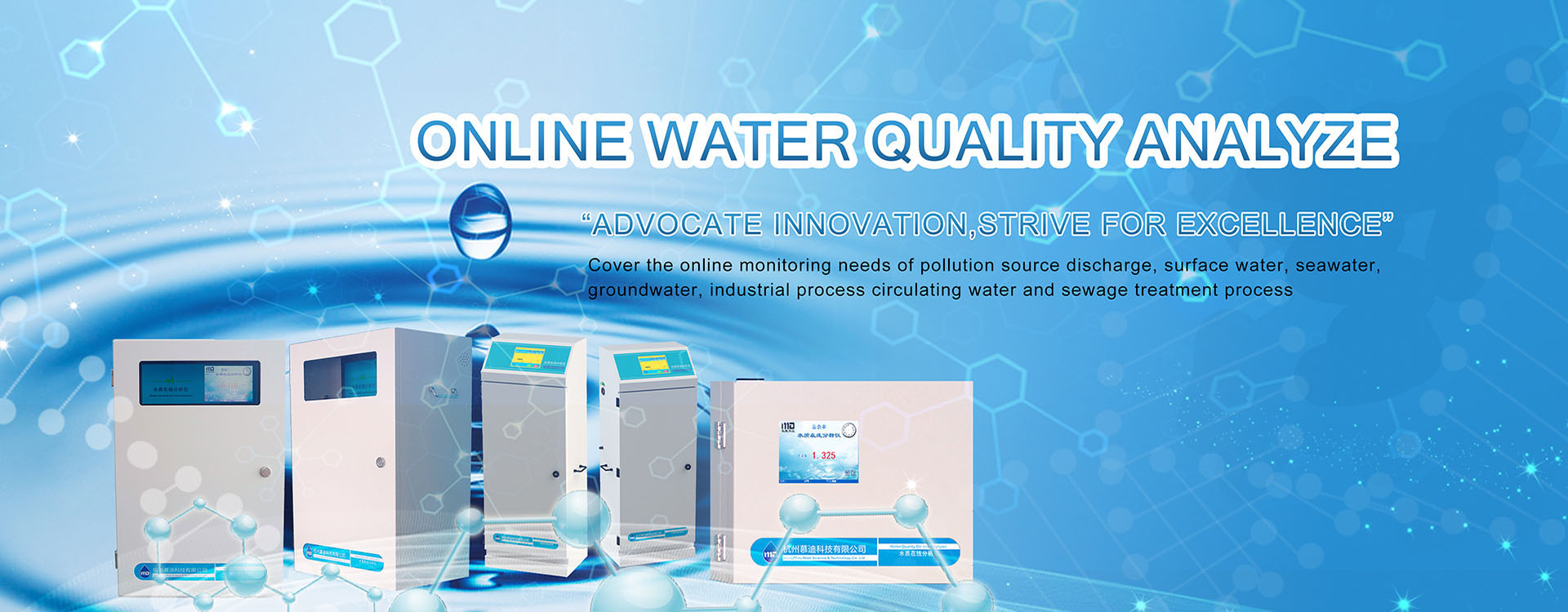Chromium and other compounds cause environmental pollution. Its main sources include inferior cosmetic raw materials, leather preparations, chromium-plated parts of metal components, industrial pigments, and rubber and ceramic raw materials, etc. For example, accidental ingestion or drinking can lead to abdominal discomfort and other symptoms, cause allergic dermatitis or eczema. Inhalation can have a stimulating and corrosive effect on the respiratory tract, causing symptoms such as pharyngitis. Residents in areas with severe water pollution, those who are frequently exposed or consume excessive amounts, are prone to rhinitis, tuberculosis, diarrhea, bronchitis, dermatitis, etc.
In this chapter, the manufacturer of online water quality monitoring instruments will join you to understand the chemical characteristics of chromium and the issue of online monitoring of chromium in water!
Chemical Characteristics of Chromium
Chromium is a silver-white metal that mainly forms chromite in nature. The common oxidation states are +2, +3, and +6. The natural source of chromium is mainly rock weathering, and most of the chromium derived from this is trivalent.
Chromium is widely present in nature. Its natural source is mainly rock weathering and is mostly trivalent. In industrial wastewater, it is mainly hexavalent chromium compounds, often existing as chromate ions [(CrO4)2-]. Fine-grained chromium is present in the exhaust gases from the combustion of coal and oil.
Chromium is an essential trace element for both humans and animals. A deficiency of chromium in the body can cause atherosclerosis. Chromium has a stimulating effect on plant growth and can increase the harvest. However, if there is excessive chromium, it is harmful to both humans and animals.
Chromium has different oxidation states under different conditions in the environment, and its chemical behavior and toxicity also vary. For instance, trivalent chromium in water bodies can adsorb onto solid substances and exist in sediments (bottom mud); hexavalent chromium is more soluble in water and is relatively stable, but it can be reduced to trivalent chromium under anaerobic conditions. The salts of trivalent chromium can hydrolyze in neutral or weakly alkaline water to form insoluble chromium hydroxide and sink to the bottom.
Online Monitoring of Chromium in Water
The T8000-Cr6 total chromium online analyzer uses acid oxidation and colorimetric determination with a characteristic chromogenic reagent after masking interfering ions. The pretreated water sample is injected into the colorimetric cell by an injection pump, then a masking agent is added to eliminate the influence of interfering substances. Subsequently, the pH of the solution is adjusted, and a characteristic chromogenic reagent is added for a color reaction under suitable pH conditions. Within the measurement range, the degree of color change of the solution is proportional to the concentration of hexavalent chromium in the water sample. By measuring the color change of the solution, the content of hexavalent chromium in the water sample can be calculated. If the total chromium is to be measured, an oxidant is automatically added after pretreatment to oxidize chromium in all oxidation states to hexavalent chromium uniformly, and then colorimetric determination is performed.




